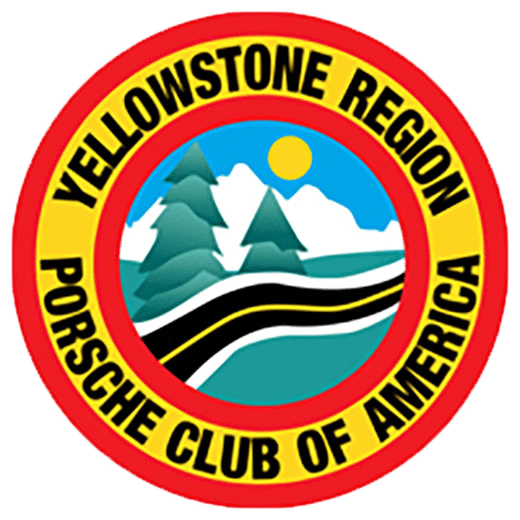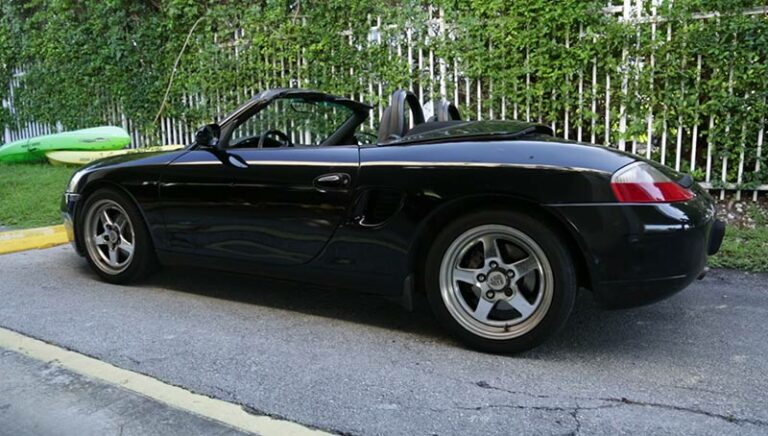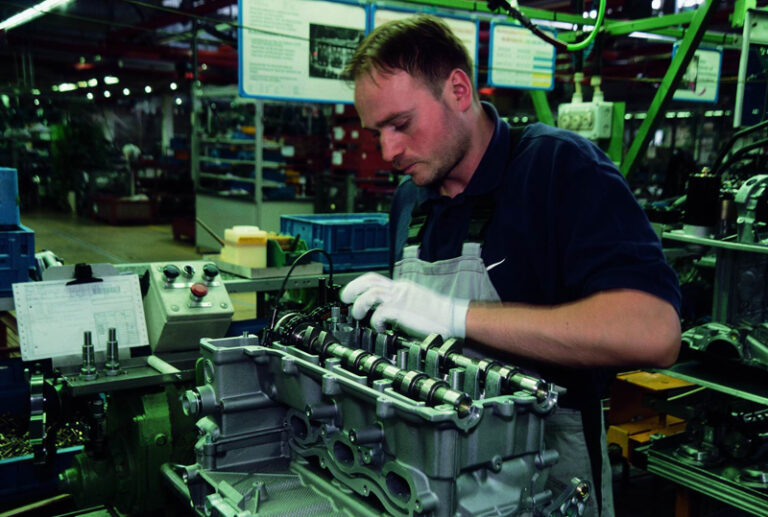The Space Shuttle and Commercial Airplanes use Nitrogen in their tires. Should you?
The answer, it would appear, depends on who you ask. You see, Nitrogen is used in the space shuttle and in commercial airliners mostly because it is non-combustible. The likely hood of the tires on your Porsche getting hot enough, during normal driving, to explode is fairly slim. However, there are other reasons to consider Nitrogen.
Potential Problems from Using Compressed Air in Your Tires
Most tires are inflated with compressed air, (a combination of gasses made up of nearly 78% nitrogen (N2), 21% oxygen (O2) and 1% argon (Ar) and a few other trace gasses). There are a number of possible problems with this mixture and reasons to think about Nitrogen.
Air Leakage: The molecular makeup of rubber is such that regular compressed air can permeate through the rubber allowing the pressure in your tires to drop at a rate of 1 to 2 PSI per month (assuming constant temperatures).
Pressure Changes: Along with the normal components of compressed air comes moisture/water and water isn’t good for anything tire related. This moisture is usually a result of humidity in the air and the act of compressing it greatly increases the concentration of water by volume. Don’t believe me? Try this, next time you’re at a gas station and you plan on topping off your tires, depress the chuck on the hose for a few seconds with your thumb. Chance are your thumb will feel moist and you may even see water. It’s this water/moisture that gets into your tire, reacts to temperature changes and can change the pressure of your tires. This is why it is always suggested to check your tire pressure “cold” before you’ve driven the car and heated the tires and the moisture within.
Oxidation: Oxygen corrodes aluminum and steel possibly weakening your wheels. Additionally, oxygen reacts with rubber, in a sense, “corroding” it too (possibly making your tires unsafe). Rust and dust created from this oxidation can clog valve stems, causing them to leak. Lastly, rough surfaces on wheel flanges and tire beads (due to corrosion) may not seal properly, causing additional leaks. Combine this with the moisture mentioned above and your expensive tires can possibly be damaged.
Why Nitrogen May be Better in Your Tires For some, especially those that drive race cars or who regularly participate in Driver’s Education and other high speed events; Nitrogen provides a number of benefits:
Air Leakage: Nitrogen molecules are actually larger than those of compressed air. So much so, that while they can still “permeate” the rubber or leak through, they do it at a much slower rate. If you fill a balloon with air by blowing into it, it will shrivel up in a short period of time (that’s the compressed air escaping through the skin of the balloon). Fill that same balloon with Nitrogen and it will remain filled for a much longer period of time. Compressed air leaks at a rate of 1 to 2 psi per month. Nitrogen leaks at a rate of 1 to 2 psi every six months.
Pressure Changes: Unlike compressed air, Nitrogen is dry. No moisture means fewer, if any, pressure fluctuations. For those of you who race and want to dial in your suspension, you already know this. For those of you spending more time on the track in High Speed Driver’s Ed events, it’s something to keep in mind.
Oxidation: Nitrogen is far less reactive than compressed air. It won’t cause rust and corrosion on steel or aluminum. More importantly, it won’t degrade the rubber.
Add the three factors above together and you have a recipe for constant pressure and better wheel/tire wear. More consistent pressure translates into better gas mileage and longer life for your expensive tires (not to mention a fine tuned suspension dialed in to your track needs for that particular day).
If Nitrogen provides such great benefits why is there even a question about using it?
Nitrogen isn’t anywhere near as available as compressed air, yet. While you can purchase cylinders of it from various suppliers, filling stations are few and far between. Compressed air is inexpensive compared to Nitrogen. Most gas stations have compressed air available for free or a nominal fee of fifty cents or so. Shops may charge as much as $30 per tire for a nitrogen fill (although $10 is a more reasonable fee and some places will even fill for free with a tire purchase).Lastly, and most importantly, you can get pretty much the same results (for street use) from compressed air by simply checking your tire pressure more frequently. Checking and adjusting your tires as little as once per month can provide the same benefit(s) that you get from Nitrogen for most drivers. If you’re a racer, then most likely you’re already using nitrogen and rightfully so. If you’re a Porsche enthusiast who enjoys a spirited drive now and then, simply purchase a nice gauge like Porsche offers or one from Moroso ”.
This article was kindly allowed to be reprinted by Porsche Purist. You can join or visit their on-line site for free at www.porschepurist.com. It has many interesting areas to browse through.




